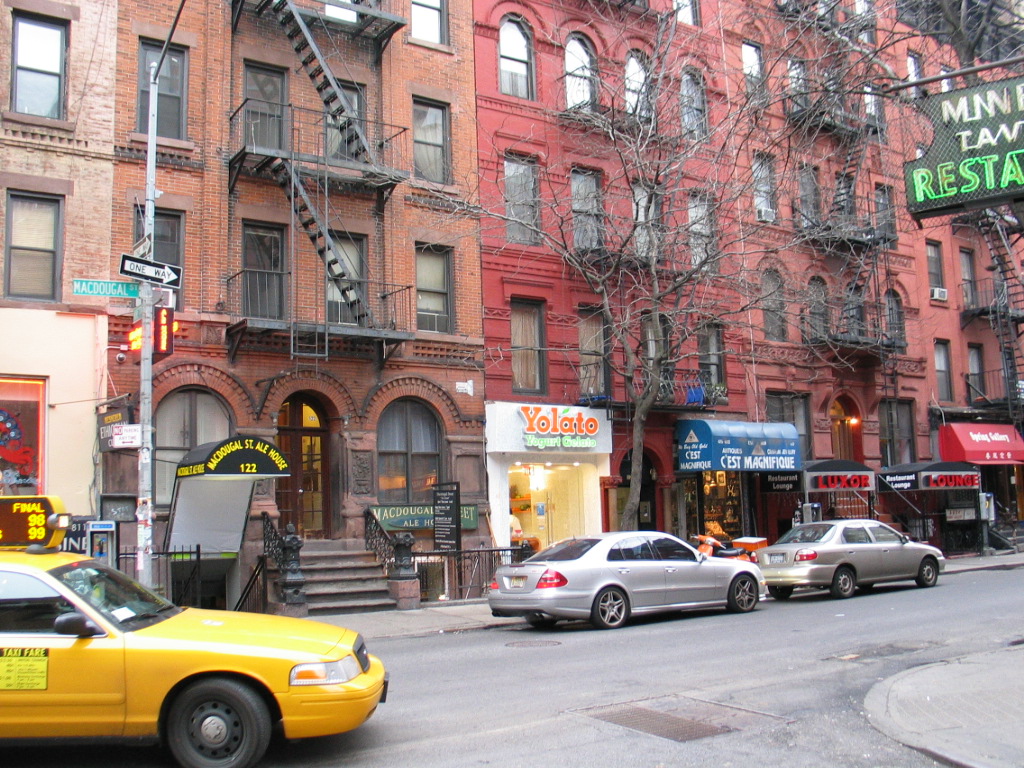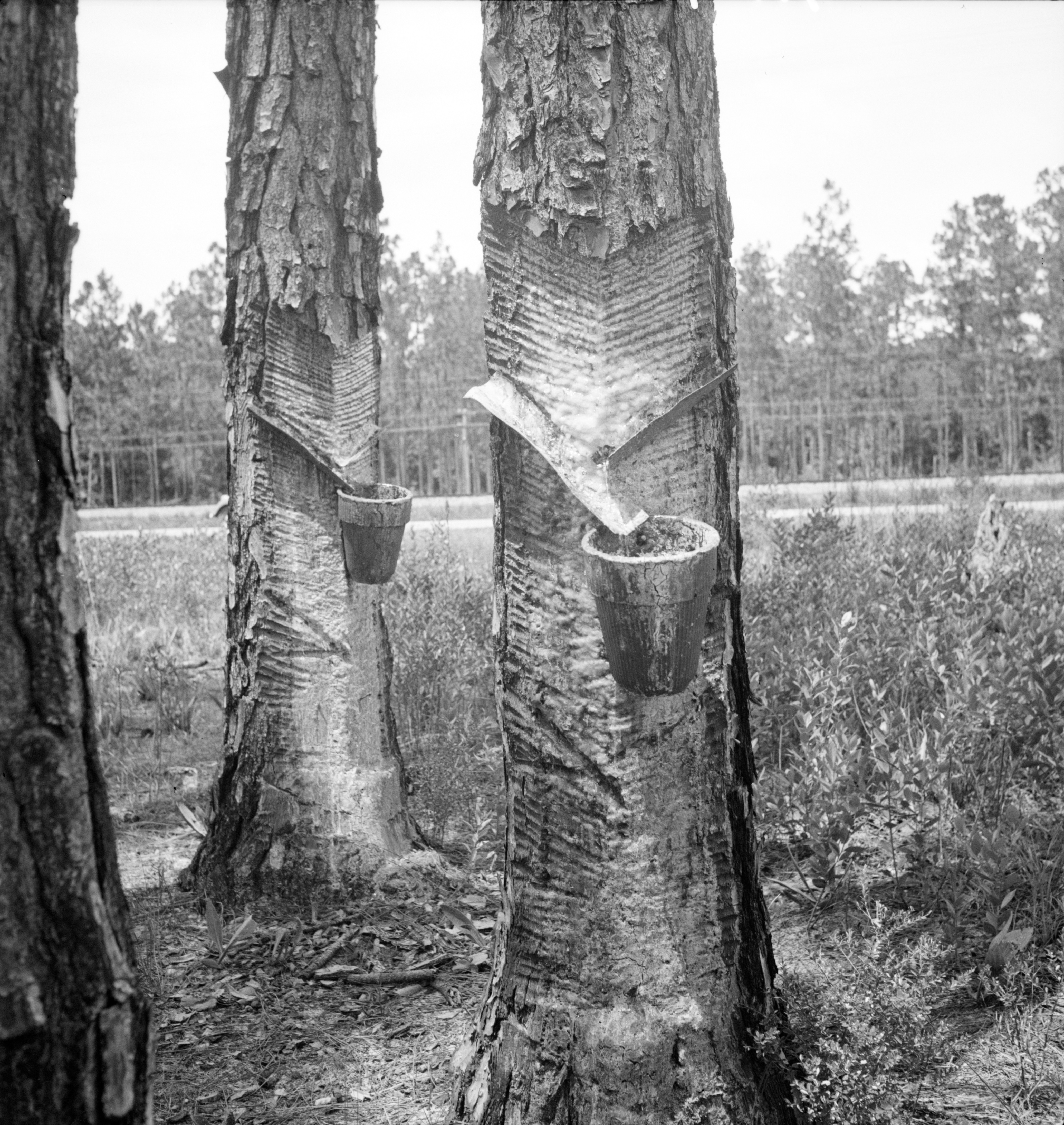|
Charles Goodyear
Charles Goodyear (December 29, 1800 – July 1, 1860) was an American self-taught chemist and manufacturing engineer who developed vulcanized rubber, for which he received patent number 3633 from the United States Patent Office on June 15, 1844. Goodyear is credited with inventing the chemical process to create and manufacture pliable, waterproof, moldable rubber. Goodyear's discovery of the vulcanization process followed five years of searching for a more stable rubber and stumbling upon the effectiveness of heating after Thomas Hancock. His discovery initiated decades of successful rubber manufacturing in the Lower Naugatuck Valley in Connecticut, as rubber was adopted to multiple applications, including footwear and tires. The Goodyear Tire and Rubber Company is named after (though not founded by) him. Early life Charles Goodyear was born on December 29, 1800, in New Haven, Connecticut, the son of Amasa Goodyear, and the oldest of six children. His father was a descenda ... [...More Info...] [...Related Items...] OR: [Wikipedia] [Google] [Baidu] |
New Haven, Connecticut
New Haven is a city of the U.S. state of Connecticut. It is located on New Haven Harbor on the northern shore of Long Island Sound. With a population of 135,081 as determined by the 2020 United States census, 2020 U.S. census, New Haven is List of municipalities in Connecticut, the third largest city in Connecticut after Bridgeport, Connecticut, Bridgeport and Stamford, Connecticut, Stamford, the largest city in the South Central Connecticut Planning Region, Connecticut, South Central Connecticut Planning Region, and the principal municipality of Greater New Haven metropolitan area, which had a total population of 864,835 in 2020. New Haven was one of the first Planned community, planned cities in the U.S. A year after its founding by English Puritans in 1638, eight streets were laid out in a four-by-four Grid plan, grid, creating the "Nine Square Plan". The central common block is New Haven Green, the New Haven Green, a square at the center of Downtown New Haven. The Green is n ... [...More Info...] [...Related Items...] OR: [Wikipedia] [Google] [Baidu] |
Greenwich Village
Greenwich Village, or simply the Village, is a neighborhood on the west side of Lower Manhattan in New York City, bounded by 14th Street (Manhattan), 14th Street to the north, Broadway (Manhattan), Broadway to the east, Houston Street to the south, and the Hudson River to the west. Greenwich Village also contains several subsections, including the West Village west of Seventh Avenue (Manhattan), Seventh Avenue and the Meatpacking District, Manhattan, Meatpacking District in the northwest corner of Greenwich Village. Its name comes from ''Groenwijck'', Dutch language, Dutch for "Green District". In the 20th century, Greenwich Village was known as an artists' haven, the Bohemianism, bohemian capital, the cradle of the modern LGBTQ social movements, LGBTQ movement, and the East Coast birthplace of both the Beat Generation and counterculture of the 1960s. Greenwich Village contains Washington Square Park, as well as two of New York City's private colleges, New York University (NYU) ... [...More Info...] [...Related Items...] OR: [Wikipedia] [Google] [Baidu] |
Alkali
In chemistry, an alkali (; from the Arabic word , ) is a basic salt of an alkali metal or an alkaline earth metal. An alkali can also be defined as a base that dissolves in water. A solution of a soluble base has a pH greater than 7.0. The adjective alkaline, and less often, alkalescent, is commonly used in English as a synonym for basic, especially for bases soluble in water. This broad use of the term is likely to have come about because alkalis were the first bases known to obey the Arrhenius definition of a base, and they are still among the most common bases. Etymology The word ''alkali'' is derived from Arabic ''al qalīy'' (or ''alkali''), meaning (see calcination), referring to the original source of alkaline substances. A water-extract of burned plant ashes, called potash and composed mostly of potassium carbonate, was mildly basic. After heating this substance with calcium hydroxide (''slaked lime''), a far more strongly basic substance known as ''caustic potash ... [...More Info...] [...Related Items...] OR: [Wikipedia] [Google] [Baidu] |
Acid
An acid is a molecule or ion capable of either donating a proton (i.e. Hydron, hydrogen cation, H+), known as a Brønsted–Lowry acid–base theory, Brønsted–Lowry acid, or forming a covalent bond with an electron pair, known as a Lewis acid. The first category of acids are the proton donors, or Brønsted–Lowry acid–base theory, Brønsted–Lowry acids. In the special case of aqueous solutions, proton donors form the hydronium ion H3O+ and are known as Acid–base reaction#Arrhenius theory, Arrhenius acids. Johannes Nicolaus Brønsted, Brønsted and Martin Lowry, Lowry generalized the Arrhenius theory to include non-aqueous solvents. A Brønsted–Lowry or Arrhenius acid usually contains a hydrogen atom bonded to a chemical structure that is still energetically favorable after loss of H+. Aqueous Arrhenius acids have characteristic properties that provide a practical description of an acid. Acids form aqueous solutions with a sour taste, can turn blue litmus red, and ... [...More Info...] [...Related Items...] OR: [Wikipedia] [Google] [Baidu] |
Calcium Oxide
Calcium oxide (formula: Ca O), commonly known as quicklime or burnt lime, is a widely used chemical compound. It is a white, caustic, alkaline, crystalline solid at room temperature. The broadly used term '' lime'' connotes calcium-containing inorganic compounds, in which carbonates, oxides, and hydroxides of calcium, silicon, magnesium, aluminium, and iron predominate. By contrast, ''quicklime'' specifically applies to the single compound calcium oxide. Calcium oxide that survives processing without reacting in building products, such as cement, is called free lime. Quicklime is relatively inexpensive. Both it and the chemical derivative calcium hydroxide (of which quicklime is the base anhydride) are important commodity chemicals. Preparation Calcium oxide is usually made by the thermal decomposition of materials, such as limestone or seashells, that contain calcium carbonate (CaCO3; mineral calcite) in a lime kiln. This is accomplished by heating the material to above , ... [...More Info...] [...Related Items...] OR: [Wikipedia] [Google] [Baidu] |
Turpentine
Turpentine (which is also called spirit of turpentine, oil of turpentine, terebenthine, terebenthene, terebinthine and, colloquially, turps) is a fluid obtainable by the distillation of resin harvested from living trees, mainly pines. Principally used as a specialized solvent, it is also a source of material for Organic synthesis, organic syntheses. Turpentine is composed of terpenes, primarily the monoterpenes alpha-Pinene, alpha- and beta-Pinene, beta-pinene, with lesser amounts of carene, camphene, limonene, and terpinolene.Kent, James A. ''Riegel's Handbook of Industrial Chemistry'' (Eighth Edition) Van Nostrand Reinhold Company (1983) p.569 Nowadays, turpentine is rarely the product of distillation of pine resin, but is a byproduct of pulping. Pulping is achieved by two processes, the Kraft process and the sulfite process. The turpentines obtained from these two processes differ in their chemical compositions. The sulfite process gives a product that is rich in cymene, w ... [...More Info...] [...Related Items...] OR: [Wikipedia] [Google] [Baidu] |
Soot
Soot ( ) is a mass of impure carbon particles resulting from the incomplete combustion of hydrocarbons. Soot is considered a hazardous substance with carcinogenic properties. Most broadly, the term includes all the particulate matter produced by this process, including black carbon and residual pyrolysed fuel particles such as coal, cenospheres, charred wood, and petroleum coke classified as cokes or char. It can include polycyclic aromatic hydrocarbons and heavy metals like mercury. Soot causes various types of cancer and lung disease. Terminology Definition Among scientists, exact definitions for soot vary, depending partly on their field. For example, atmospheric scientists may use a different definition compared to toxicologists. Soot's definition can also vary across time, and from paper to paper even among scientists in the same field. A common feature of the definitions is that soot is composed largely of carbon based particles resulting from the incomplete burni ... [...More Info...] [...Related Items...] OR: [Wikipedia] [Google] [Baidu] |
Magnesium Oxide
Magnesium oxide (MgO), or magnesia, is a white hygroscopic solid mineral that occurs naturally as periclase and is a source of magnesium (see also oxide). It has an empirical formula of MgO and consists of a lattice of Mg2+ ions and O2− ions held together by ionic bonding. Magnesium hydroxide forms in the presence of water (MgO + H2O → Mg(OH)2), but it can be reversed by heating it to remove moisture. Magnesium oxide was historically known as magnesia alba (literally, the white mineral from Magnesia), to differentiate it from '' magnesia nigra'', a black mineral containing what is now known as manganese. Related oxides While "magnesium oxide" normally refers to MgO, the compound magnesium peroxide MgO2 is also known. According to evolutionary crystal structure prediction, MgO2 is thermodynamically stable at pressures above 116 GPa (gigapascals), and a semiconducting suboxide Mg3O2 is thermodynamically stable above 500 GPa. Because of its stability, MgO is used as a mod ... [...More Info...] [...Related Items...] OR: [Wikipedia] [Google] [Baidu] |
Rubber
Rubber, also called India rubber, latex, Amazonian rubber, ''caucho'', or ''caoutchouc'', as initially produced, consists of polymers of the organic compound isoprene, with minor impurities of other organic compounds. Types of polyisoprene that are used as natural rubbers are classified as elastomers. Currently, rubber is harvested mainly in the form of the latex from the Hevea brasiliensis, Pará rubber tree (''Hevea brasiliensis'') or others. The latex is a sticky, milky and white colloid drawn off by making incisions in the bark and collecting the fluid in vessels in a process called "tapping". Manufacturers refine this latex into the rubber that is ready for commercial processing. Natural rubber is used extensively in many applications and products, either alone or in combination with other materials. In most of its useful forms, it has a large stretch ratio and high resilience and also is buoyant and water-proof. Industrial demand for rubber-like materials began to out ... [...More Info...] [...Related Items...] OR: [Wikipedia] [Google] [Baidu] |
Roxbury Rubber Company
Roxbury may refer to: Places Canada * Roxbury, Nova Scotia, a ghost town * Roxbury, Prince Edward Island, an unincorporated community United States * Roxbury, Connecticut, a town * Roxbury, Kansas, an unincorporated community * Roxbury, Maine, a town * Roxbury, Boston, a neighborhood of Boston, Massachusetts * Roxbury, New Hampshire, a town * Roxbury, New Jersey, a township * Roxbury, New York, a town in Delaware County, New York * Roxbury, Queens, part of the Rockaway Peninsula in Queens, New York * Roxbury, Ohio, an unincorporated community * Roxbury, Pennsylvania, an unincorporated community * Roxbury, Vermont, a town * Roxbury (Oak Grove, Virginia), a historic home near Oak Grove, Westmoreland County, Virginia * Roxbury, Wisconsin, a town * Roxbury (community), Wisconsin, an unincorporated community See also * Luna Park, Johnstown, former amusement park originally known as "Roxbury Park" * ''A Night at the Roxbury'', 1998 comedy film * Roxbury News, independent vid ... [...More Info...] [...Related Items...] OR: [Wikipedia] [Google] [Baidu] |
Lifebuoy
A lifebuoy or life ring, among many other names (see § Other names), is a life-saving buoy designed to be thrown to a person in water to provide buoyancy and prevent drowning. Some modern lifebuoys are fitted with one or more seawater-activated lights to aid rescue at night. Other names Other names for "lifebuoy" include: * life-preserver * life ring * life-ring * life-belt * life-saver * ring-buoy * donut * safety wheel * Perry buoy * Kisbee ring Description The lifebuoy is usually a ring- or horseshoe-shaped personal flotation device with a connecting line allowing the casualty to be pulled to the rescuer in a boat. They are carried by ships and boats and located beside bodies of water and swimming pools. In the United States, Coast Guard approved lifebuoys are considered Type IV personal flotation devices. At least one Type IV PFD is required on all vessels 26 feet or more in length. In the UK the Royal Life Saving Society considers lifebuoys unsuitable for use in ... [...More Info...] [...Related Items...] OR: [Wikipedia] [Google] [Baidu] |





